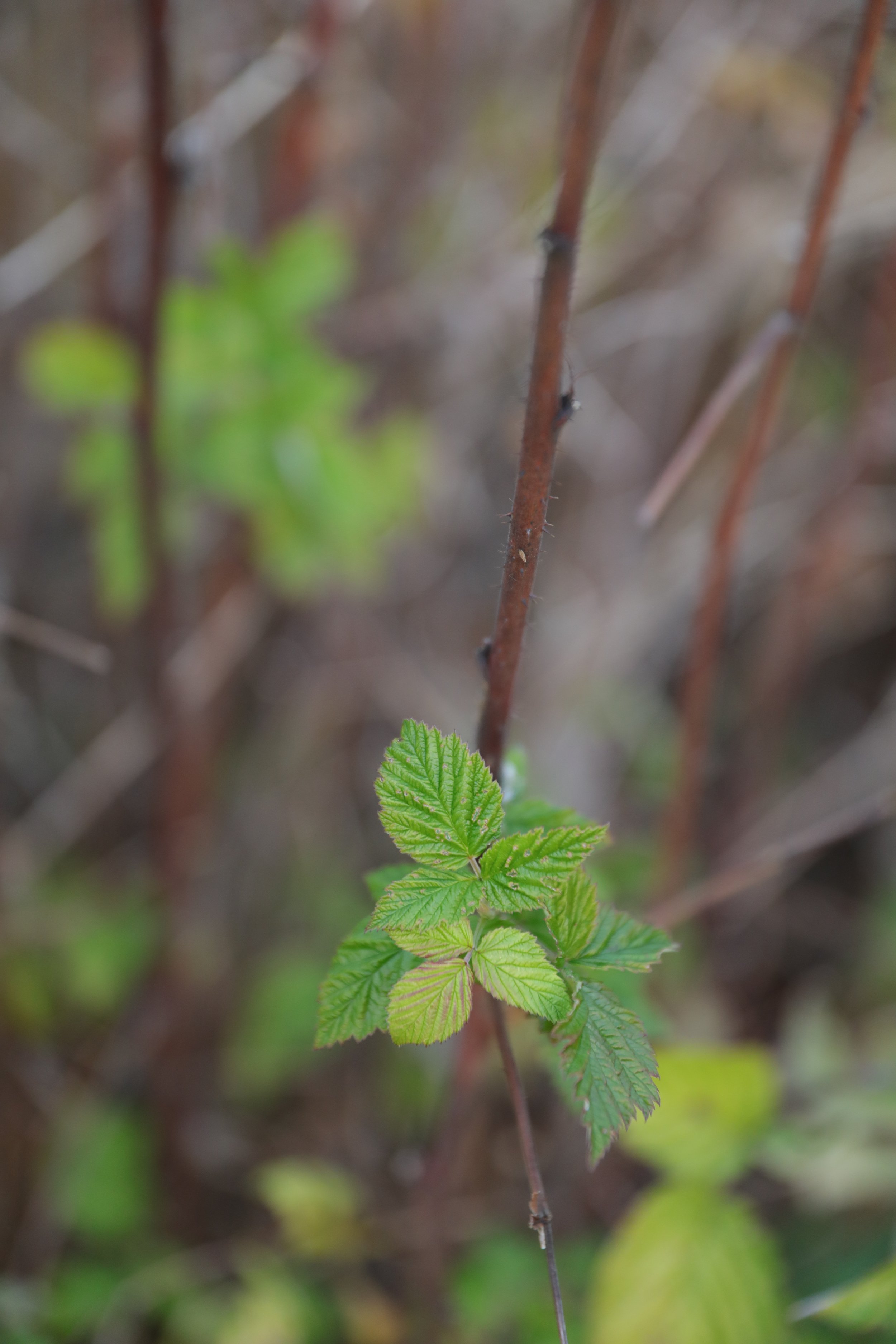How to Care for Raspberry Canes in Winter and Spring for a Bountiful Harvest
Raspberries are a favorite among home gardeners for their sweet, juicy berries and high yield potential. However, maximizing your raspberry crop requires proper care during winter and spring. Here’s everything you need to know to grow the perfect raspberries and boost your yield.
Looking for the perfect gift for the plant lover in your life? Read more here.
Winter Care: Preparing Your Raspberry Canes
Identify Your Raspberry Type
Raspberries fall into two categories: summer-bearing and everbearing (fall-bearing).Summer-bearing varieties produce fruit on second-year canes (floricanes).
Everbearing varieties can produce two crops: one in the fall on first-year canes (primocanes) and another on second-year canes in early summer.
Knowing your variety helps determine how and when to prune.
Prune Strategically
For summer-bearing raspberries, remove spent floricanes (the ones that fruited this year) down to the ground. Leave healthy primocanes, which will bear fruit next summer.
For everbearing varieties, you have two options:
a. Cut all canes to the ground for a single, heavy fall crop.
b. Remove only the top portions of the canes that fruited in fall for a smaller summer crop, followed by a larger fall harvest.
Clean Up the Bed
Clear fallen leaves, weeds, and debris around the base of your canes. This minimizes the risk of pests and diseases overwintering in your raspberry patch.Add Mulch for Protection
Apply a thick layer (3–4 inches) of organic mulch, such as straw or wood chips, around the base of the plants. Mulch insulates the roots against freezing temperatures and helps retain soil moisture.Check for Pests and Diseases
Inspect canes for signs of disease (like discoloration or cankers) and remove affected canes to prevent the spread of infections. Treat as needed with organic fungicides or other appropriate measures.
Spring Care: Setting the Stage for Growth
Remove Winter Mulch
As temperatures warm, pull back some of the mulch to allow the soil to heat up and prevent excess moisture, which can lead to rot.Support Your Canes
Raspberries grow best when supported by a trellis or stakes. Set up a system using T-posts and wire or garden twine to keep canes upright. This improves air circulation, reduces disease risk, and makes harvesting easier.Fertilize Early
Apply a balanced fertilizer (such as 10-10-10) or compost in early spring, just as new growth begins. Avoid over-fertilizing, as it can lead to excessive foliage growth at the expense of fruit production.Water Consistently
Raspberries need about 1–2 inches of water per week. Check the soil moisture regularly and ensure your plants stay hydrated, especially during dry spells.Thin Out Canes
Once new growth starts, thin out weaker canes, leaving 4–6 of the strongest canes per linear foot. This prevents overcrowding and ensures the remaining canes get ample sunlight and nutrients.Monitor for Pests
Keep an eye out for pests like raspberry cane borers, spider mites, and aphids. Use organic insecticides, neem oil, or companion planting (e.g., planting garlic or marigolds nearby) to manage infestations.
General Tips for Perfect Berries
Maintain Proper Spacing
Overcrowding leads to poor airflow and smaller berries. Ensure rows are spaced about 6–8 feet apart, with individual canes spaced 18 inches apart.
Regularly Inspect Canes
Check for signs of damage, disease, or overcrowding throughout the growing season to address issues promptly.Harvest Frequently
Raspberries ripen quickly. Pick berries every couple of days during the harvest season to encourage continuous production and prevent overripe fruit from attracting pests.
Conclusion
By following these winter and spring care tips, you’ll set your raspberry plants up for success, leading to healthier canes, larger yields, and sweeter berries. With a little attention and effort, your raspberry patch will reward you with delicious fruit that’s perfect for snacking, baking, or preserving.
What are your go-to tips for growing the perfect raspberries? Share them in the comments below!




